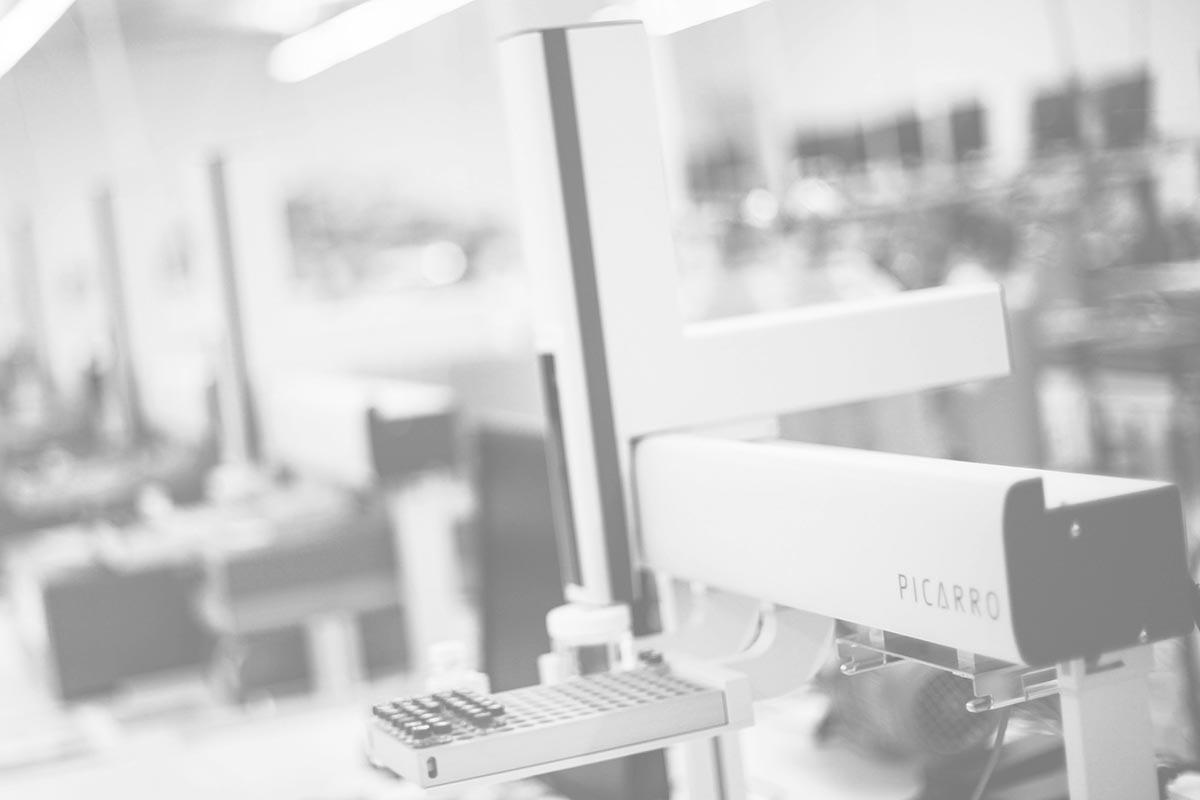We're in an interesting spot, providing instruments to such a wide variety of folks – we have thought leaders in the greenhouse gas and isotope world who have years of experience using and development their own instruments and measurement methods. On the other end, we have entering undergraduate students who find themselves in front of one of our analyzers – and being able to produce data with it with virtually no training, since the instruments are easy to use and reasonably inexpensive relative to earlier technology… and that’s a good thing, though there are caveats.
Precision trace-gas and stable isotope measurements were – only until recently – the realm of experts trained in the art, and whose mentors undoubtedly beat into them the notion that, to get good data, you had to be quite meticulous about the state of the equipment, the condition of the samples, and most of all how well the instrumentation was calibrated. Now, where the analyzer resembles a “black box” much more than it does a mass spectrometer, relatively inexperienced users of our equipment can easily produce high-quality data. It’s easy to forget, therefore, that all instrumentation needs to be calibrated and any deviations from “perfect” must be well-understood to fully gain confidence in the data it produces. This is the point where I find many users who may be new to the precision measurements need a bit of advice from us regarding the proper protocol for ensuring the data is as credible as possible.
So we often find ourselves not just answering questions about the equipment, but giving little mini-tutorials on the measurement techniques, common practice and practical considerations. One of our technical support people recently told me she felt like she was in school again as a teaching assistant in this regard.
And that’s ok too – we want people to do good science with our instruments and we try to provide the best advice we can. I’ve rather enjoyed learning about the myriad of applications I never thought I’d need to know much about and for which I never considered someone might use our instrument.
The concern I and others in the stable isotope and greenhouse gas community have is that it’s not possible to make sure everyone with an analyzer is taking the best possible data. I’ve been concerned by how much trust users sometimes put in the instruments – and yeah, they’re *super* stable – but they’re not perfect. You’ve got to characterize the instrument for the particular measurements being undertaken, and you’ve got to consider a calibration verification strategy appropriate for the data you’re hoping to generate on the physical system you’re trying to measure.
So this is the best advice I can give to users when I’m talking to them, and the need to focus on validation and QA/QC is echoed by users skilled in the art who are concerned that people do the best science they can.
- 3105 Patrick Henry Dr. Santa Clara, CA 95054 USA
- +1 408 962 3900
- info@picarro.com
- Careers
Blog
